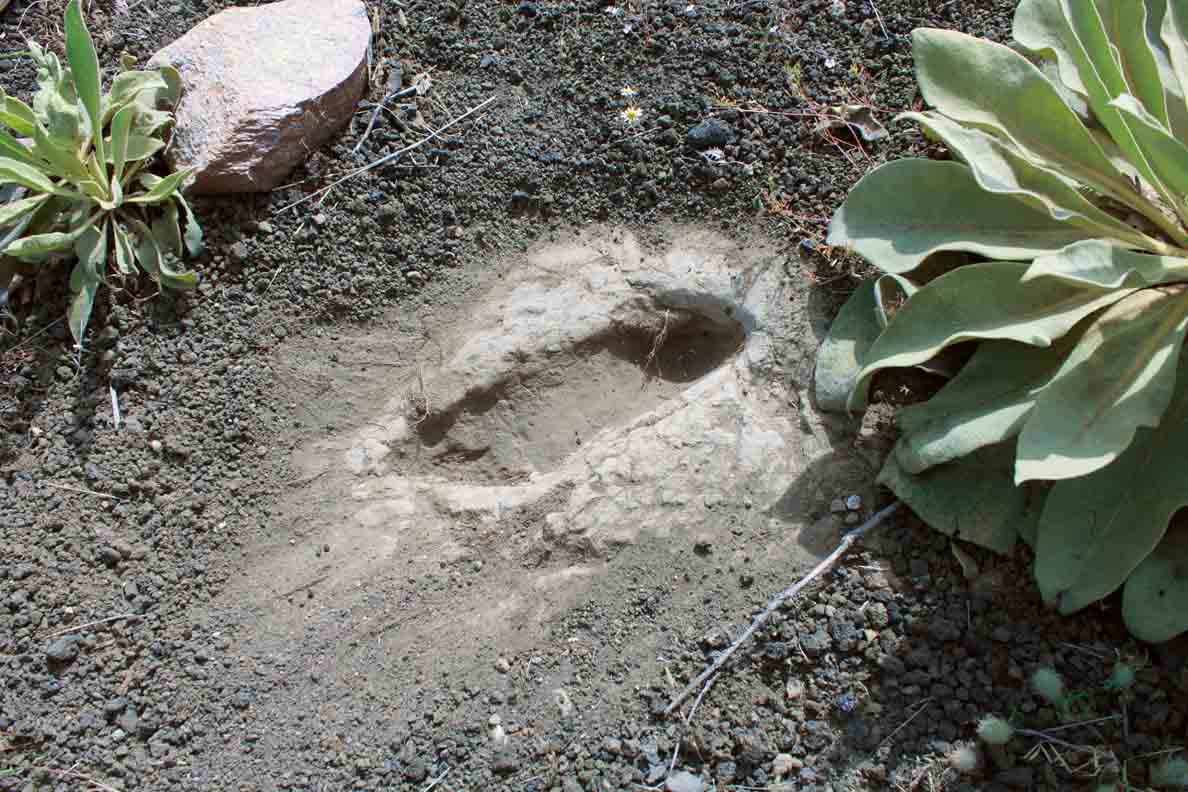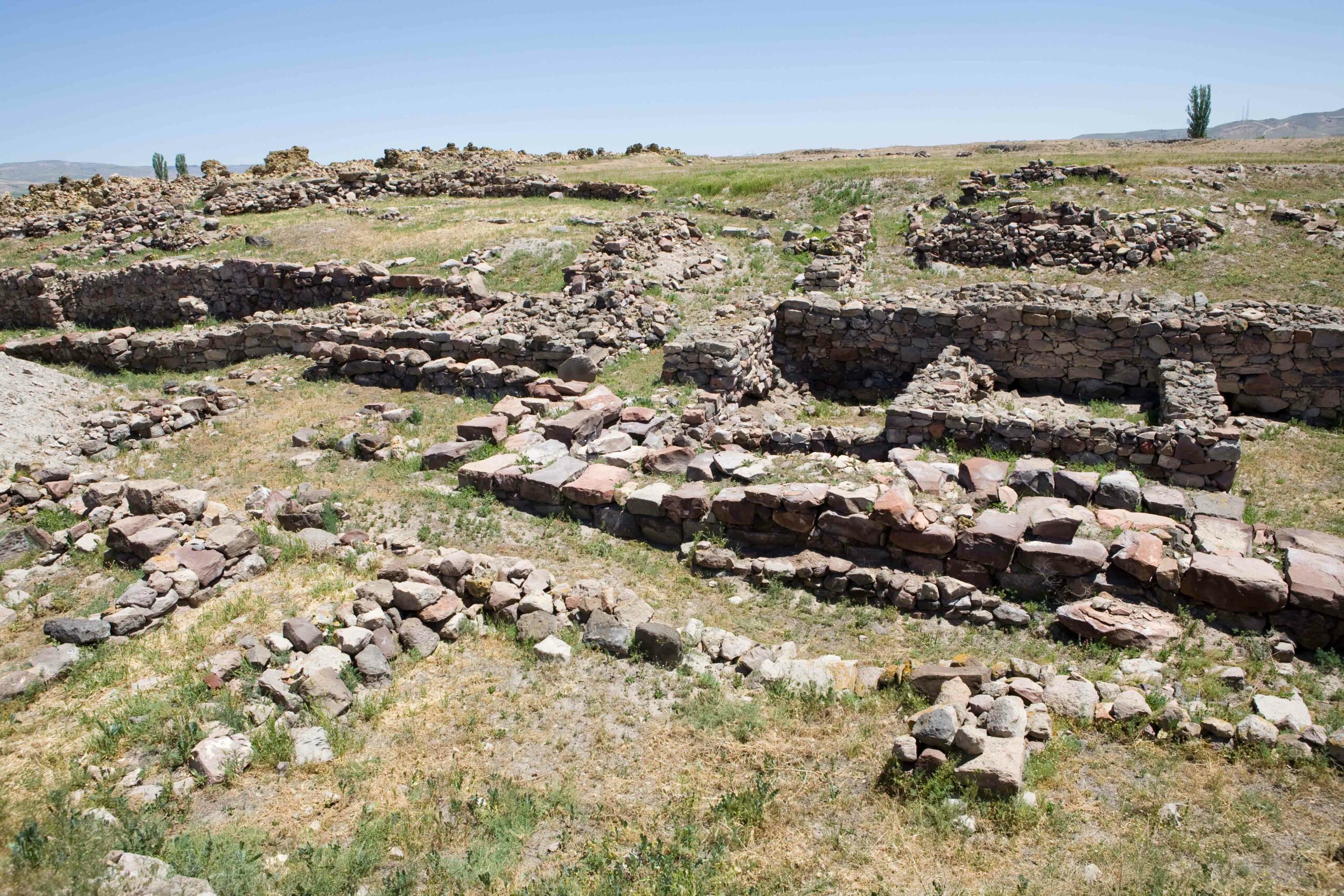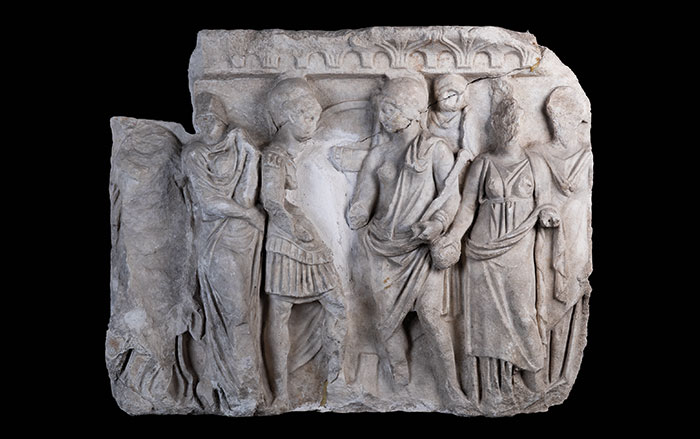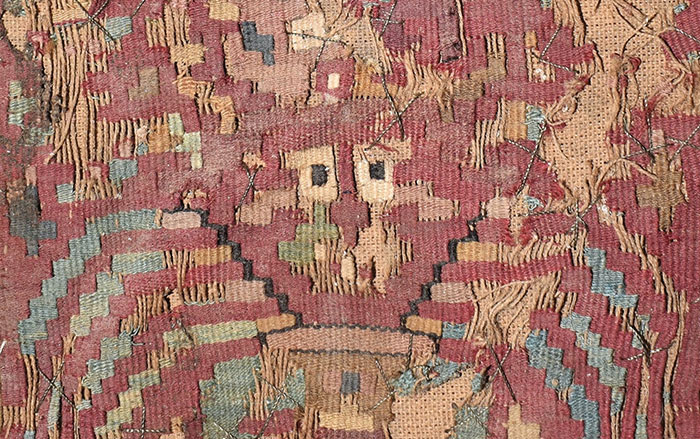
KULLUOBA, TURKEY—When archaeologists peered beneath the threshold of a 5,300-year-old house at Küllüoba Höyük, they encountered a surprising object—a small loaf of Bronze Age bread that had been buried and preserved for thousands of years, Hürriyet Daily News reports. The flatbread, which measures, five inches wide and one inch thick, is among the earliest known baked items ever discovered. Analysis determined that it was made from a coarsely ground flour made of emmer, a type of ancient wheat, and lentils. The ancient bakers also seemingly used the leaves of an unknown plant as a leavening agent. The loaf may have been intentionally deposited in a newly built house as part of a ritual to invoke prosperity and plenty. “It’s clear from the evidence that the bread was both fermented and baked quickly, and then burned,” said archaeologist Murat Türkteki. “If it hadn’t been charred, it may not have survived to this day.” Archaeologists are not certain exactly who lived in Küllüoba Höyük at the time the bread was baked, but during the Bronze Age the area was inhabited by the Hattians, an Anatolian people who preceded the Hittites. A modern bakery has already begun to reproduce and sell breads based on the ancient recipe. To read more about the history of bread, go to "The First Bakers," one of ARCHAEOLOGY's Top 10 Discoveries of 2018.












